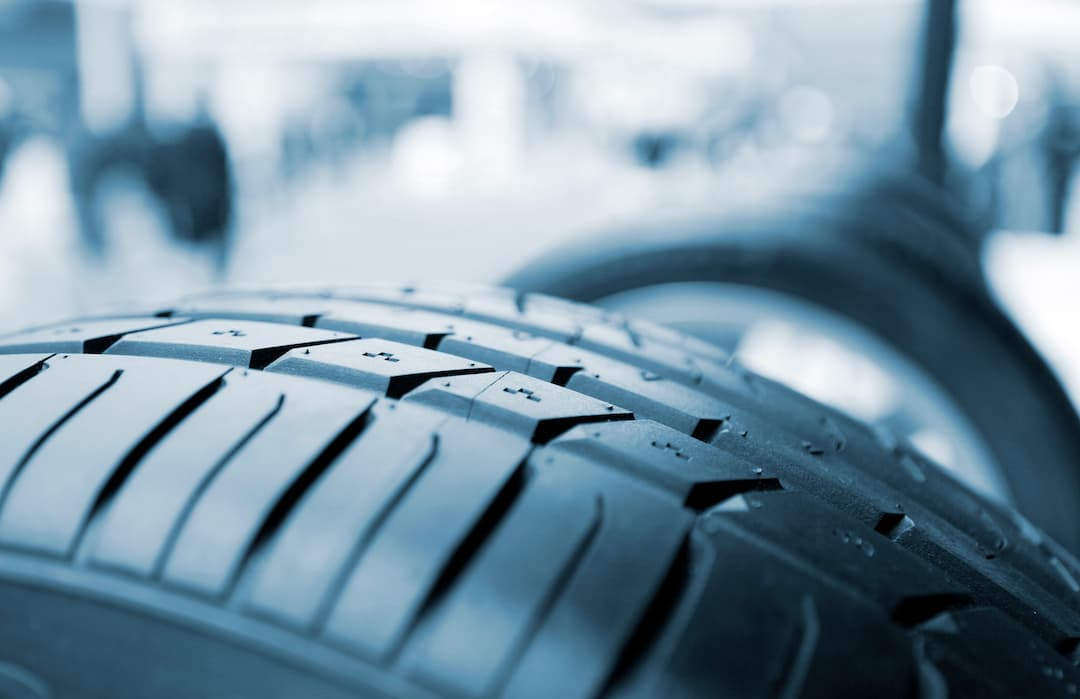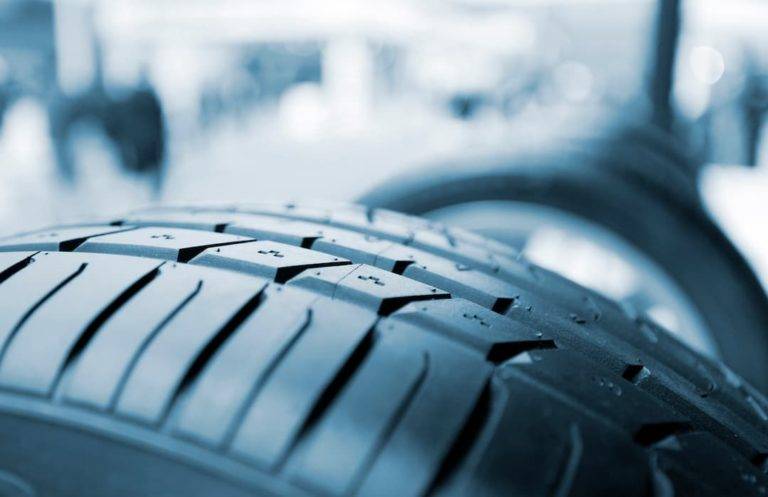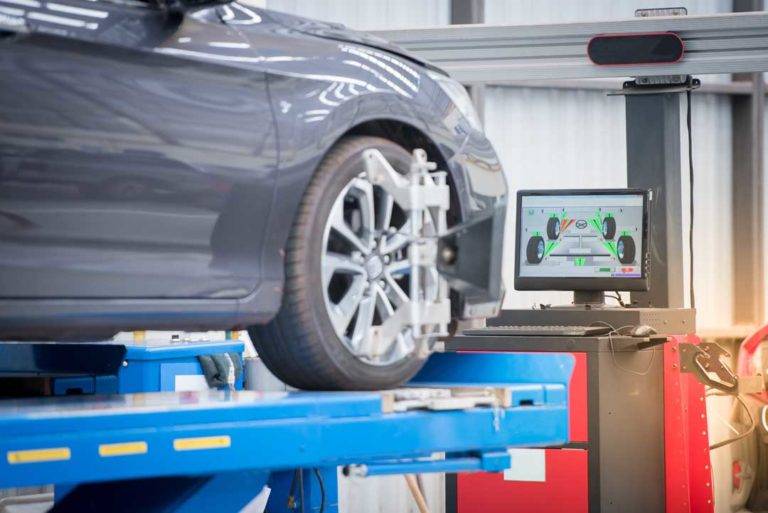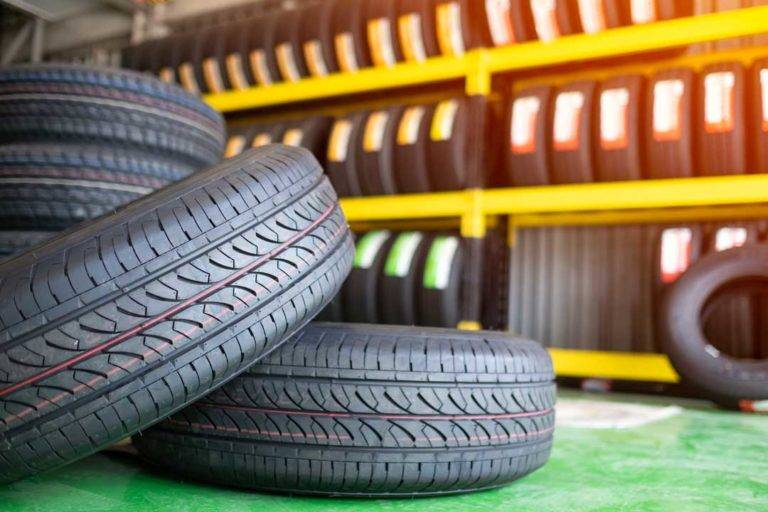In the UK, car tyres must meet specific legal standards to ensure road safety. Driving with tyres that fail to meet these standards can result in fines, penalty points, and even invalid insurance.
Minimum Tread Depth
The legal minimum tread depth for car tyres in the UK is 1.6mm across the central three-quarters of the tyre and around the entire circumference. Worn tyres with less than this depth are illegal and unsafe, as they reduce grip on the road, especially in wet conditions.
Tyre Condition
Tyres must be free from significant damage such as deep cuts, bulges, or exposed cords. Any visible signs of structural weakness can compromise the tyre’s ability to perform safely and are considered illegal.
Tyre Pressure
Maintaining the correct tyre pressure is not only important for performance but also for meeting legal requirements. Tyres that are underinflated or overinflated can lead to uneven wear, reduced grip, and increased risk of accidents.
Understanding Tyre Sidewall Markings
The sidewall of a tyre contains important information that helps you ensure the tyre is suitable and legal for your vehicle.
Tyre Size
Tyre size is displayed as a series of numbers and letters, such as 205/55 R16 91V. These indicate the width, aspect ratio, and diameter of the tyre, which must match the manufacturer’s specifications.
Speed Rating & Load Index
The speed rating, represented by a letter (e.g., V), shows the maximum speed the tyre can safely handle. The load index, a numerical value, indicates the maximum weight the tyre can support. Both of these must meet or exceed the requirements for your vehicle.
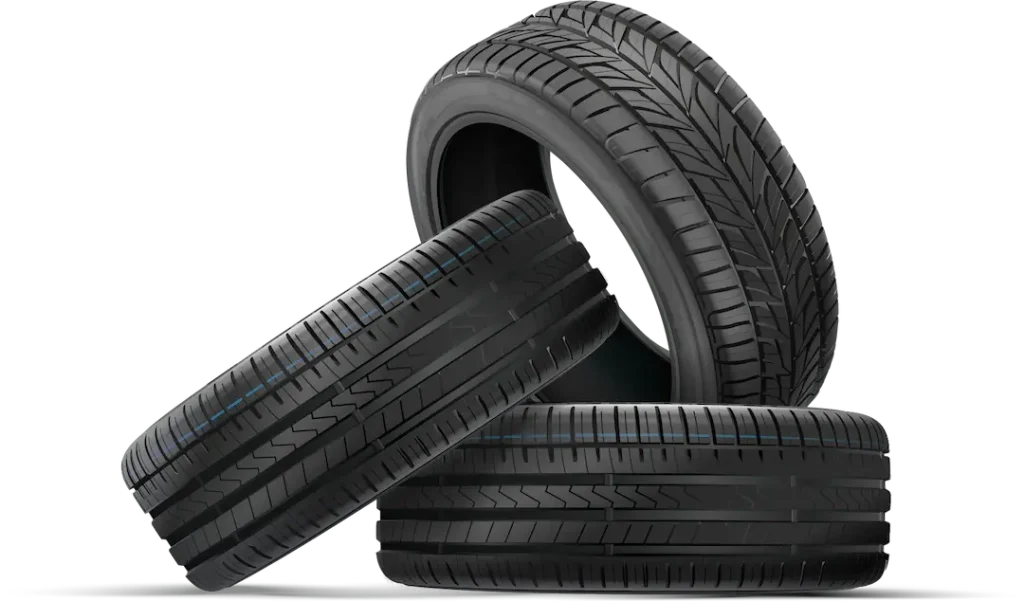
Tyre Tread Depth & Why It Matters
Tyre tread depth is crucial for maintaining grip, especially in wet or slippery conditions. Without enough tread, your car’s ability to brake and steer effectively is reduced.
How To Check Tread Depth
You can check your tyre tread using a tread depth gauge, which provides a precise measurement. Alternatively, the 20p test is a quick and simple method. Insert a 20p coin into the tread grooves—if the outer band of the coin is visible, your tyres may be below the legal limit and need replacing.
Tyre Pressure Requirements
Tyre pressure plays a key role in safety and performance. It affects handling, braking, and fuel efficiency.
Why Correct Pressure Matters
Underinflated tyres can overheat and wear unevenly, while overinflated tyres may reduce grip and cause a harsher ride. Both conditions increase the risk of accidents.
How To Check Tyre Pressure
You can find the recommended tyre pressure in your vehicle handbook or on a label inside the driver’s door frame. Use a reliable pressure gauge to check and adjust the pressure regularly.
Rules On Mixing Tyres
Mixing different types of tyres on the same axle is not recommended and, in some cases, may be illegal.
Uniform Tyres For Safety
Tyres on the same axle should have the same size, type, and tread pattern. Mismatched tyres can affect handling and braking, compromising safety.
UK Law On Mixing Tyres
While mixing different tyre types on separate axles is permitted, it’s always better to use uniform tyres across all wheels for optimal performance.
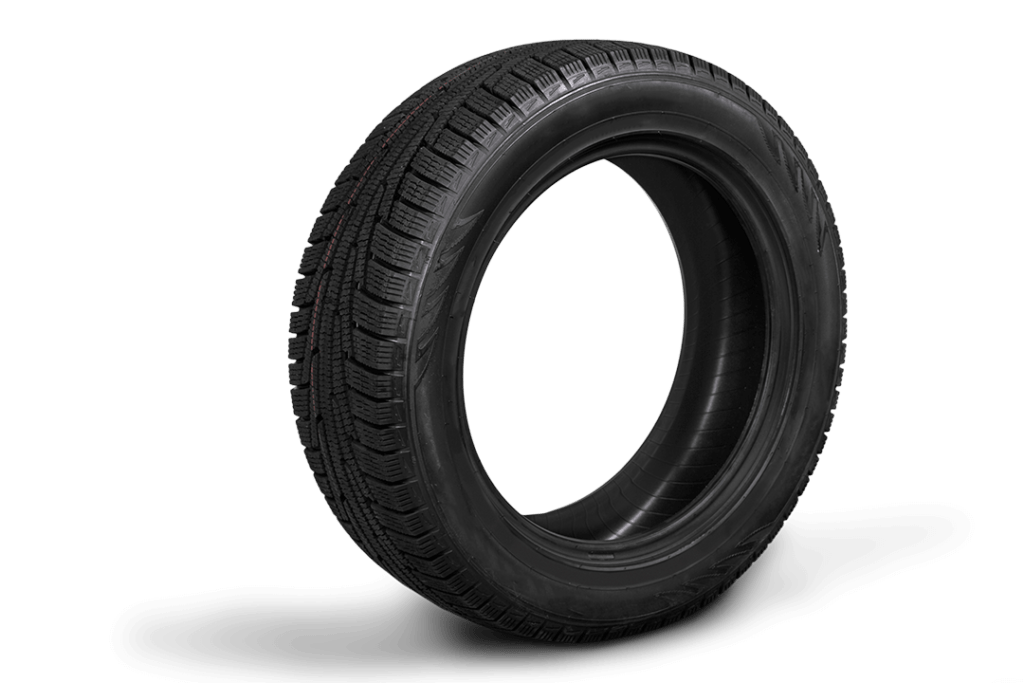
Seasonal & Specialty Tyres
Different types of tyres are designed for specific weather conditions and vehicle uses. Understanding their legal requirements is important for staying safe.
Summer, Winter, & All-Season Tyres
Summer Tyres
Perform well in warm weather but lose grip in cold conditions.
Winter Tyres
Provide better traction in snow and ice but wear faster in warm weather.
All-Season Tyres
A versatile option for mild climates, combining features of summer and winter tyres.
Run-Flat & Off-Road Tyres
Run-flat car tyres allow you to drive for a short distance after a puncture but must be replaced quickly. Off-road tyres are designed for rough terrain and should meet load and speed requirements if used on public roads.
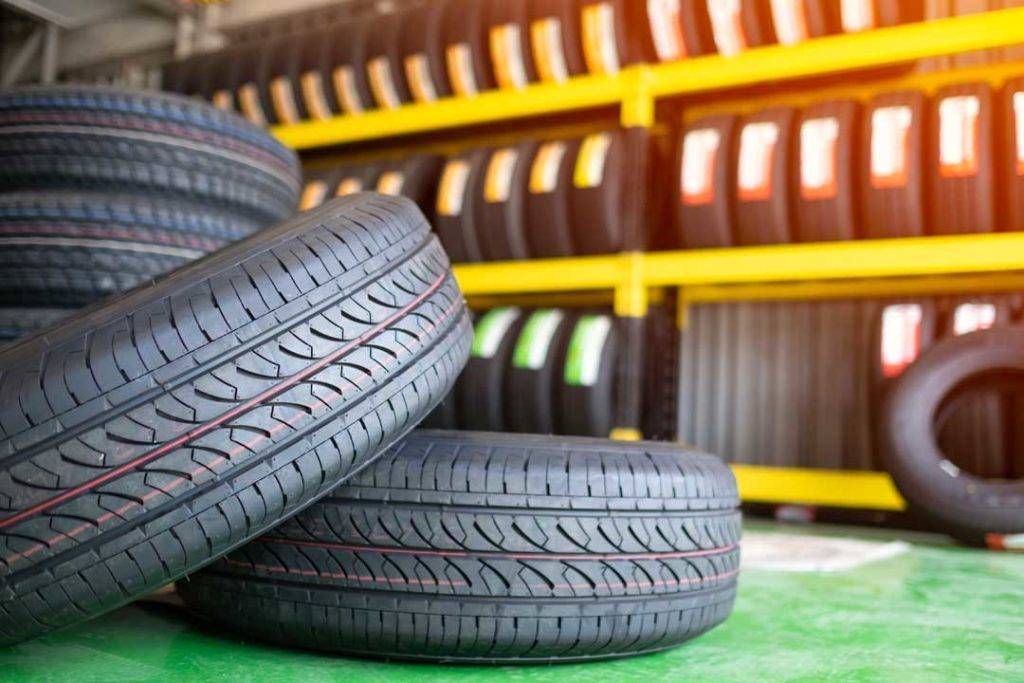
Penalties For Non-Compliance
Driving with car tyres that don’t meet legal standards can lead to serious consequences.
Fines & Points
You can be fined up to £2,500 per tyre and receive three penalty points on your licence for driving with illegal tyres.
Impact On MOT & Insurance
Illegal tyres can cause your vehicle to fail its MOT, and driving with them may invalidate your insurance, leaving you responsible for any damages in an accident.
How To Ensure Your Tyres Meet Legal Standards
Regular tyre maintenance helps ensure your car tyres are safe and compliant with the law.
Inspect Tyres Regularly
Check your tyres for tread depth, pressure, and visible damage at least once a month. Use a gauge to measure tread depth and pressure accurately.
Seek Professional Advice
If you’re unsure about the condition of your tyres, visit a professional garage for a thorough inspection. They can also check alignment and balance to improve tyre performance.
Contact Easy Fit Automotive Today
Understanding and following the legal requirements for car tyres is essential for staying safe on the road and avoiding fines. By keeping an eye on tread depth, pressure, and overall tyre condition, you can ensure your tyres are always roadworthy.
For expert advice and tyre services, visit Easy Fit Auto. Our team is here to help you keep your car safe and legal, so you can drive with confidence.
